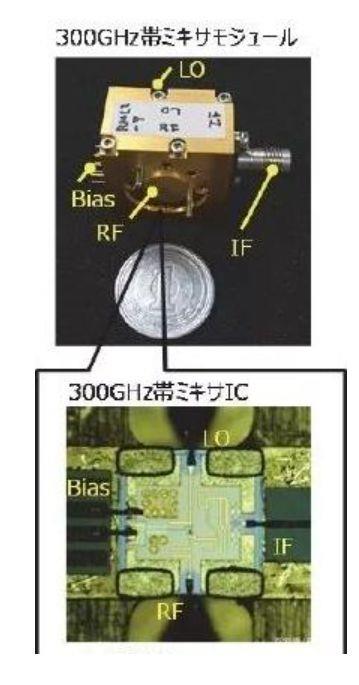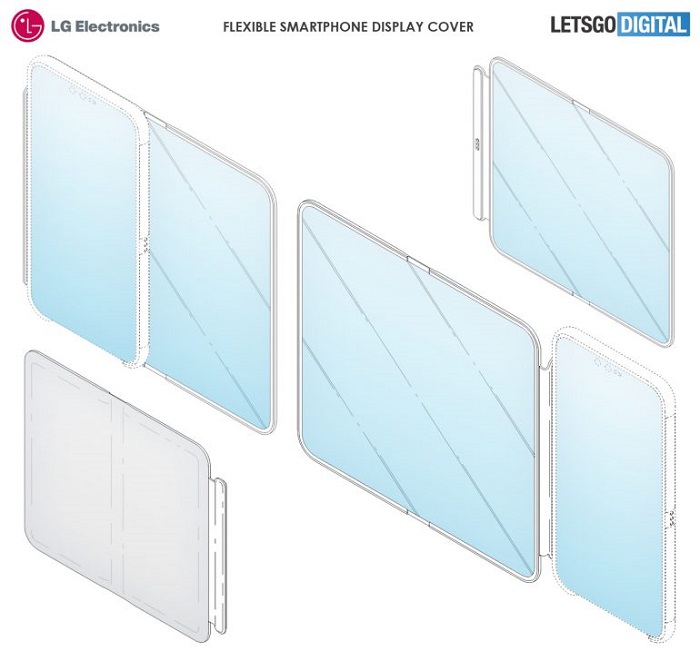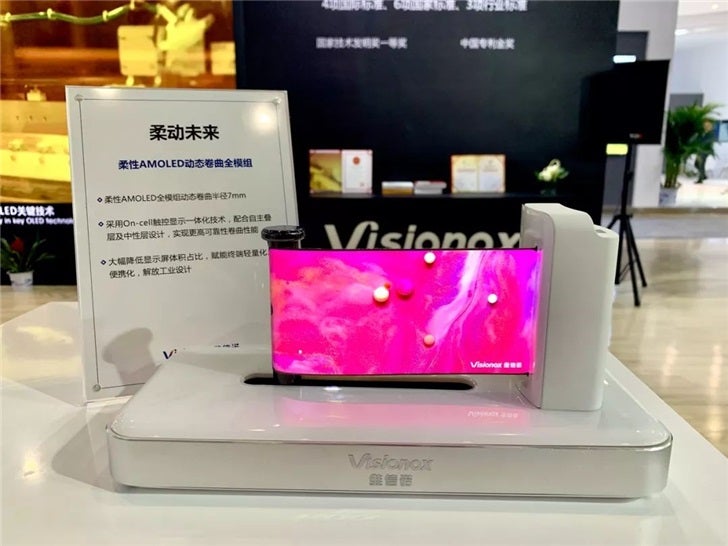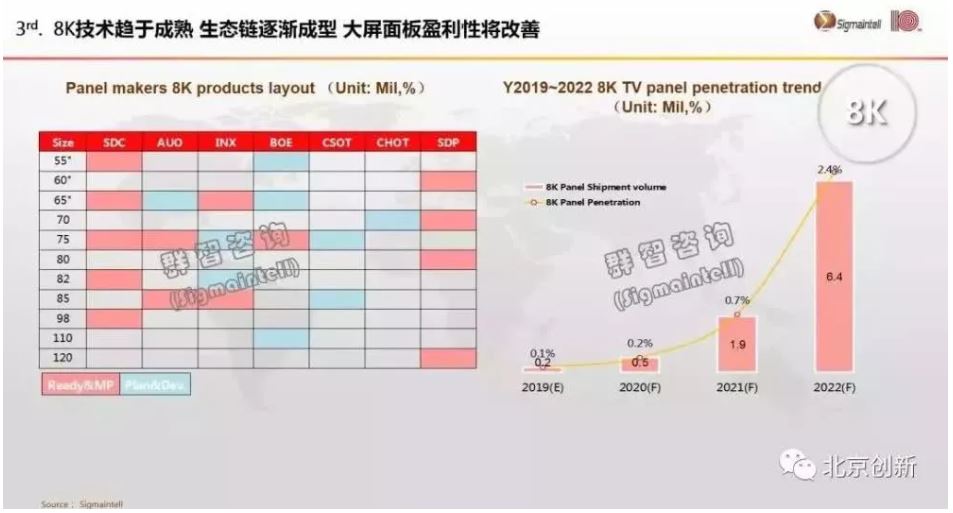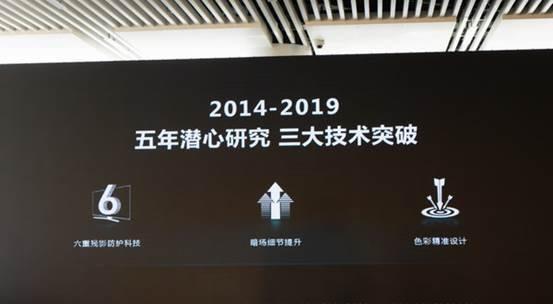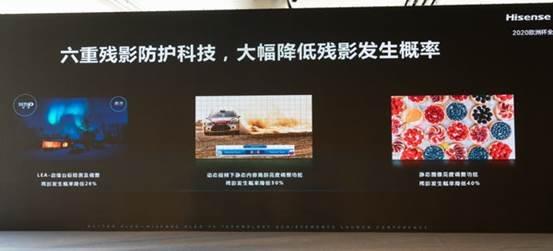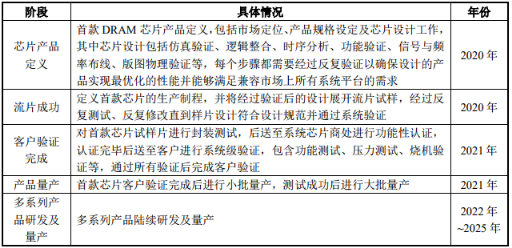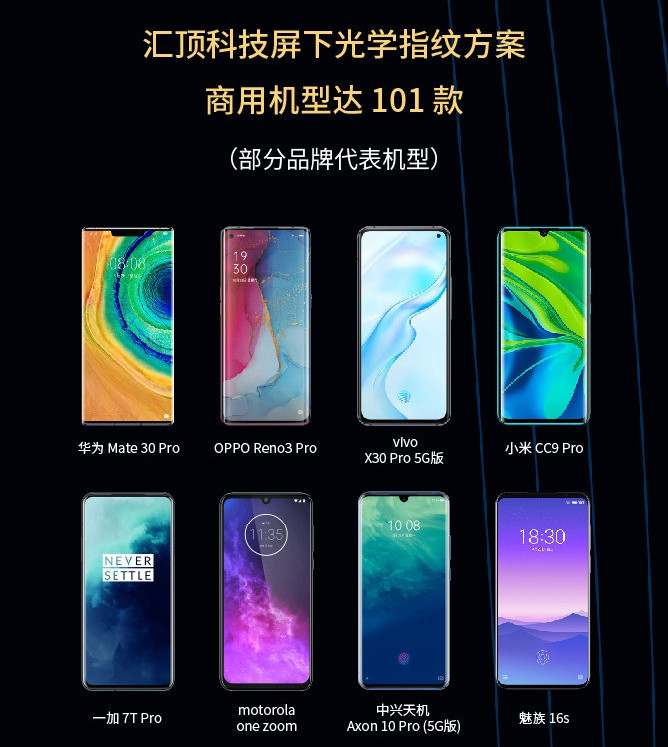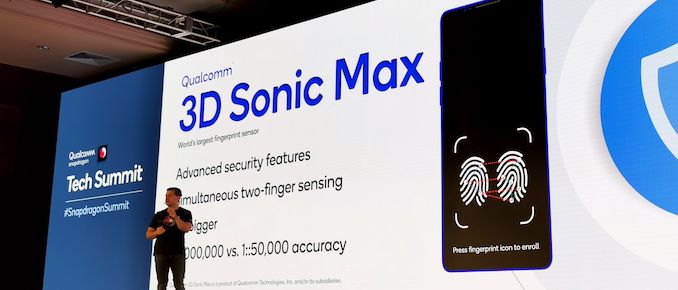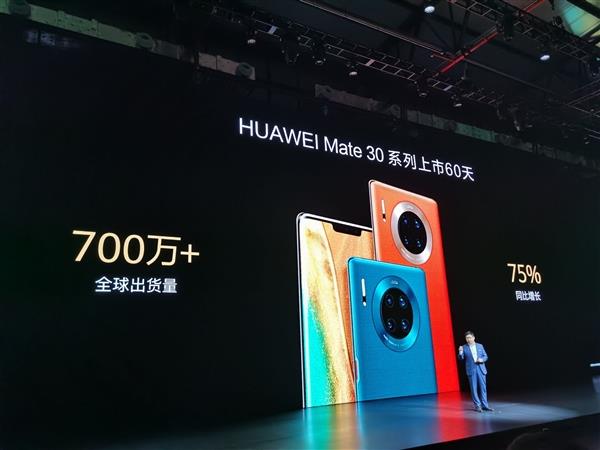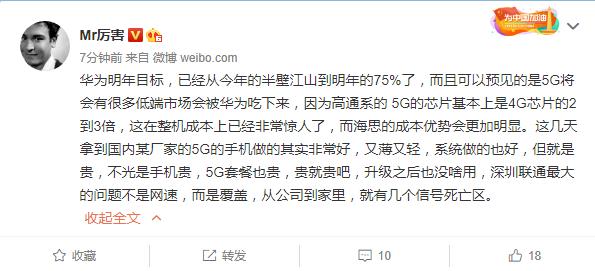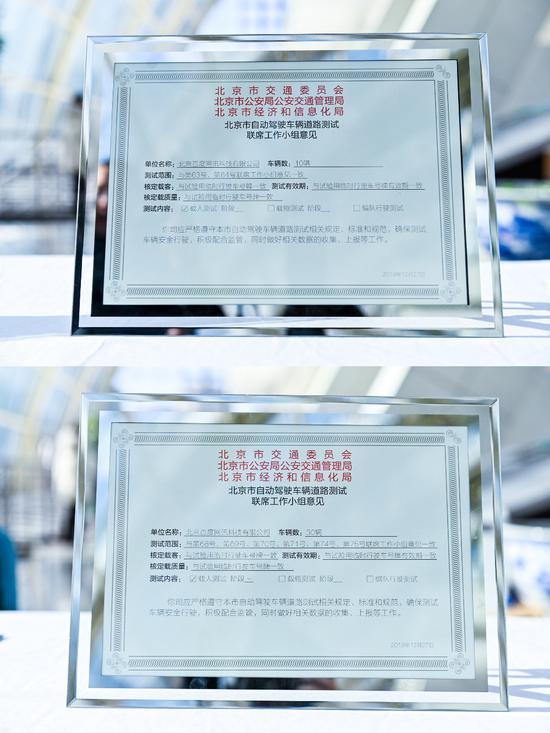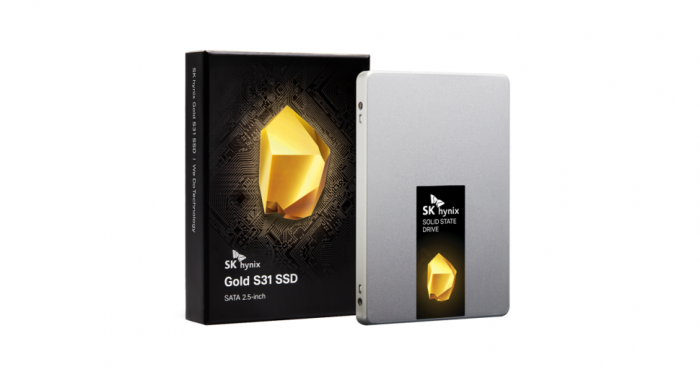
12-31 Happy New Year: Visionox reportedly supplies display to Huawei; Huawei has allegedly set its target in 2020 to own 75% of China domestic market share; etc.
Chipsets
Chang Wah Electromaterials and Tian Zheng International Precision Machinery have signed a pact for collaboration in the semiconductor inspection equipment sector. The two firms will also combine their resources and technologies in the LED, semiconductor and passive components businesses to strengthen their deployment in the automated equipment market. (Digitimes, press, Yahoo, Digitimes)
Japan’s NTT Group’s equipment technology laboratory successfully developed a 6G ultra-high-speed chip, using phosphated carp (InP) compounds, and in the 300GHz ultra-high frequency band of wireless transmission experiments, using 16QAM modulation, obtained 100Gbps ultra-high speed, equivalent to 100,000 megabit wired network. (My Drivers, CSIA, Small Tech News)
Touch Display
TCL has introduced Mini-LED backlit TVs to the North American and European markets in early 2019. With Quantum Contrast technology, TCL has set a new standard for TV picture quality. However, TCL will raise this standard again, and will show the next generation of Mini-LED in early 2020. (My Drivers, TechRadar, PR Newswire)
LG has filed a patent for a smartphone case with a flexible display. The patent shows a case design that is almost twice the size of a normal smartphone and has a flexible display on the front. The display folds in the middle. (CN Beta, LetsGoDigital, MS Poweruser)
Visionox has allegedly already received the official Huawei supplier code, and Huawei has opened the product model to Visionox, the first model will be in the Honor series. Visionox will provide Huawei with product samples in Feb 2020 and will commence mass supply from Mar 2020. It may supply 5M—10M displays to Huawei in 2020. (GizChina, IT Home)
Global shipments of 8K LCD panels are expected to total 500,000 units in 2020, accounting for a penetration rate of 0.2% of LCD panel shipments worldwide, according to Sigmaintell Consulting. The production cost for 8K panels still remains high limiting the growth of its penetration. (Digitimes, CNEEN, Tencent)
Hisense enters the OLED TV market. In these 5 years, OLED TVs have repeatedly been facing key issues affecting the user experience: afterimages, burn-in, insufficient brightness, and inaccurate colors. Hisense has developed 3 breakthrough technologies for the key issues of OLED TVs: 6-layer afterimage protection technology, dark field detail enhancement, and accurate color design. (Sina, My Drivers)
Memory
SK Hynix Inc plans to expand the company’s reach in the consumer market. SK Hynix will have its latest SSDs, the Gold P31 and Platinum P31 PCIe NVMe SSDs. The new PCIe SSDs from SK Hynix are built using the company’s 128-layer 4D NAND flash which are introduced just 6 months after SK hynix announced the mass production of the world’s first and highest vertical stack NAND. (CN Beta, Tom’s Hardware, Kit Guru)
GigaDevice has indicated that the company’s first DRAM chip samples will be taped out in 2020, and after the verification is completed, it will enter small volume production in 2021. The company intends to use this project to develop DRAM technology under the 1Xnm (19nm, 17nm) process, design and develop DDR3, LPDDR3, DDR4 and LPDDR4 series DRAM chips. (Laoyaoba, Sohu)
LPDDR5 mobile DRAM is expected to be widely adopted in 5G smartphones in 2020 with Samsung Electronics set to feature its in-house made LPDDR5 memory in its flagship 5G smartphones for 2020, according to Digitimes. (Digitimes)
Biometrics
Zhang Fan, CEO of Goodix Technology has revealed that the company will actively promote the large-scale commercialisation of ultra-thin screen optical fingerprint solutions. The company also plans mass production of a new generation of On-Cell touch chips adapted for the new flexible OLED display. The company has also stated that it will launch a ToF solution in due course in 2020. (Gizmo China, IT Home)
Qualcomm’s new 3D Sonic Max sensor can cover area of 20×30mm. The sensor can operate in single finger detection mode, or dual finger detection mode, requiring both fingers to be present when unlocking a device. There will be one smartphone vendor brave enough to use Qualcomm’s solution in 2020. (CN Beta, AnandTech)
Phone
In Sept 2019, Huawei officially launched the Mate 30 series flagship smartphone. Currently, it has been in the market for 3 months. According to supply chain information, Huawei Mate 30 series shipment is now over 12M units. (GizChina, My Drivers)
Huawei reportedly will outsource a major portion of the production of 5G phones to Taiwan-based handset ODMs in 2020, as it aims to make a preemptive presence in the segment in China. Huawei is likely to outsource a portion of its orders to BYD to reduce its reliance on Taiwanese makers. (Digitimes, press, Digitimes)
Huawei has allegedly set its target in 2020 to own 75% of China domestic market share. Huawei’s advantage in the 5G market is believed mainly cost, which will attract some low-end buyers. Other manufacturers using Qualcomm 5G chips will be too expensive. (GizChina, CN Beta)
Wearables
Xiaomi Mijia has officially announced Xiaomi Watch Color, which is known as a colorful strap with a bright tide, and a bright appearance. It should have functions such as sleep movement monitoring, Xiaoai assistant, answering calls, pushing messages, and QR code payment. (Gizmo China, GSM Arena, Sparrow News, My Drivers)
Home
OPPO reportedly plans to enrich its product line, which implies that the company might be launching its own smart TV. (Gizmo China, CNMO, Sohu, Sina)
Automotive
Egyptian regulators have approved Uber’s USD3.1B acquisition of regional rival Careem after agreeing to a set of commitments proposed by the U.S.-based ride-hailing service meant to reduce harm to competitors. (CN Beta, Gulf News, Reuters)
Beijing Joint Working Group on Self-Driving Testing and Management has issued the first batch of self-driving vehicles for road manned test ingress. Baidu Apollo has won 40 self-driving manned test licenses, becoming the first domestic company to launch self-driving manned testing in Beijing. So far, Baidu Apollo self-driving manned test license plate up to 120. (CN Beta, Small Tech News)
